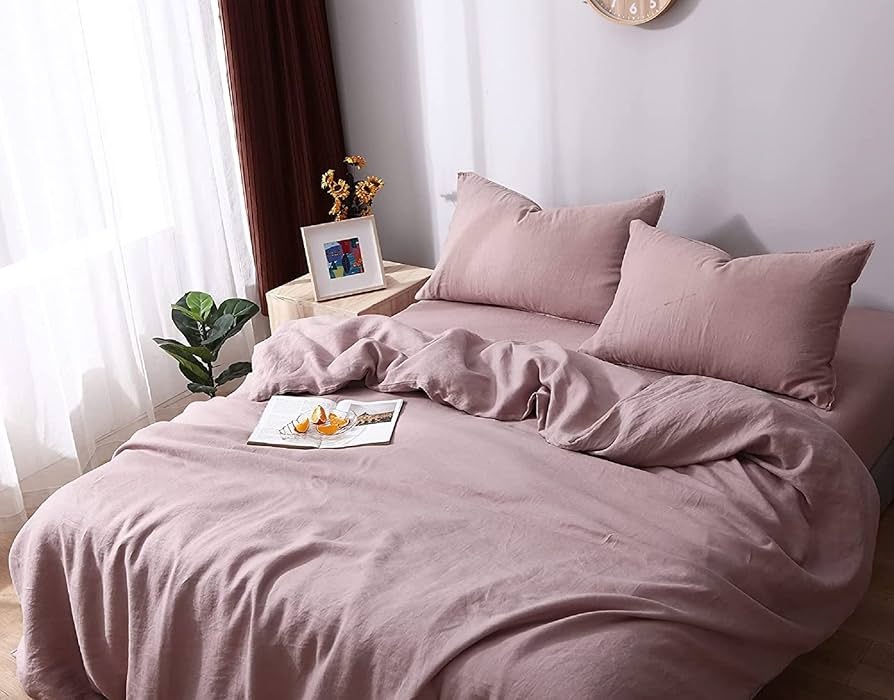Keeping cool at night is not easy for everyone. Warm sleepers may find that all that sweating makes it harder to stay asleep, including due to skin irritation. Cold sleepers’ situation is the opposite, but none of these conditions are ideal for quality sleep. You can turn this situation around with a cooling duvet, known for its moisture-wicking and breathable features that make sleep time more comfortable. Are you ready to shop nowand turn your sleep time around? Well, before you start to shop around, it helps if you understand the common materials to ensure you pick an ideal option. Here is a glance at three of the most popular cooling duvet cover materials to help you make a more informed decision.
Cotton
Because of its softness, durability, and breathability, cotton has long been a mainstay in the bedding industry. Cotton duvet covers are praised for their cooling properties, which make them a great option for people who sleep hot or in warm climates. Cotton’s natural fibers encourage airflow and let heat escape, avoiding the uncomfortable sensation of nighttime overheating.
Thread count is a crucial factor to consider when choosing cotton-covered duvets. Higher thread counts frequently achieve a softer and smoother feel, but it’s important to find a balance. Excessively high thread counts can make a fabric less breathable, which will affect its ability to cool. Aim for a mid-range thread count for the best airflow and comfort.
Bamboo
Bamboo duvet covers stand out as a sustainable and refreshing choice in bedding. Bamboo fabric offers natural hypoallergenic properties, effectively wicks away moisture, and ensures exceptional breathability. Bamboo’s exceptional thermo-regulating qualities allow it to adapt to your body’s temperature, ensuring a refreshingly cool and comfortable experience at all times.
Bamboo is a top choice for individuals with sensitive skin and appeals to eco-friendly consumers alike. Bamboo cultivation is sustainable, needing very little water and no pesticides. Bamboo duvet covers are a favored option for individuals seeking to embrace eco-friendly bedding solutions while still enjoying exceptional comfort.
Linen
Linen, derived from the flax plant, is a soft and luxurious bedding fabric. Its natural texture, breathability, and excellent moisture-wicking properties make linen duvet covers stand out. One thing that makes linen special is that it can quickly absorb and release moisture, keeping your bedroom dry and cool.
Each wash of a linen duvet cover makes it softer and more comfortable, which improves sleeping over time. Linen’s laid-back and casual look also gives any bedroom a touch of easy sophistication. It is a great choice for people who want to look good and stay cool at the same time.
In addition to the above three options, you’ll also find cooling duvet covers made from synthetic materials. Polyester, for example, is a common material. Many prefer it because of its relatively lower price tag, lightweight features, and ease of maintenance. Besides the material, it also helps to consider the weather as you shop for cooling duvet covers. Lighter fabrics, like linen, work best in hot places, while cotton is versatile and can be used in various temperatures.

